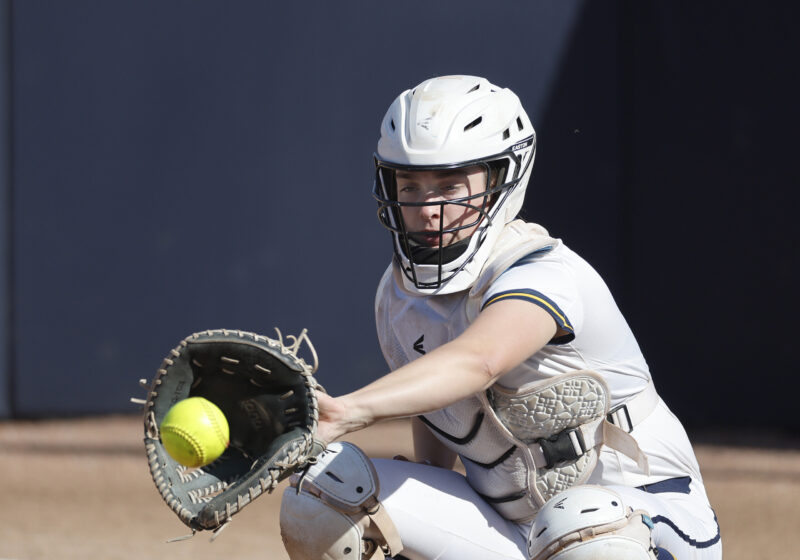UR is spending an estimated $30,000 a day on external cleaning and supplies for its response to the Norovirus outbreak—and that’s only with about a quarter of infected students reporting.
The cost figure—provided by Holly Crawford, University CFO and Senior Vice President for Administration and Finance—ramped up on April 12 and has come as the rate of infection is dropping.
It will total nearly $400,000 by Monday and does not include additional internal costs, such as extra staffing and opportunity costs.
“There won’t be any changes this week [for extensive cleaning], but we will have to look at the future beyond that,” Dr. Ralph Manchester, Director of University Health Services (UHS), said.
The cleaning, for its cost, appears to be working.
Manchester said that the number of students reporting infection has been declining, too.
“The peak was last Tuesday, the 12, when we became aware of 20 new cases,” he said.
On Wednesday, only two new student cases were reported.
“I am cautiously optimistic that what we’re doing is helping us get at least partial control over this outbreak,” Manchester said.
Dr. Timothy Moody, Chairman of the Emerging Public Health Threats & Emergency Response Coalition of the American College Health Association, praised the school’s response.
“I applaud the administration on their quick recognition of the outbreak, the measures they took to eliminate possible sources of the outbreak, and the clear messages they sent to the campus community regarding prevention and treatment,” he said.
The pattern of jump and decline is normal for cases on college campuses, Moody said. “There were probably more than a few cases on campus before the big spike occurred. The spike occurred because a lot of students were exposed to some common source at about the same time. Once the common source is eliminated, then you have person-to-person spread, which slowly decreases over time.”
The official count of infected students stands at 148, but Manchester readily concedes the number is an understatement.
“I’d be surprised if we knew about more than half the cases that occur,” Manchester said.
A CDC study from 2011 states that, on average, one in 10 Norovirus victims actually report their infection to a medical authority.
One case, involving the University track team, suggests that the number of infected students on campus approaches one in four.
Junior Kyle Smith, a member of the team, said that around 14 track team members have fallen ill.
UHS says few of those members reported their illness.
Manchester used the episode as an example of the potentially flawed official count.
“We have names of three members of the track team who became ill, and then we were told that a total of 11 of them had symptoms at some point […] but we never got their names. If that is representative of the entire student population, and you can argue that it is or it isn’t, maybe that suggests we know about 25 percentage of the cases that have occurred. “
As for the future, Manchester said there will be an ongoing process, after the infection ends, to decide whether there will be policy changes to guard against future outbreaks.
Moody recommends one in particular: “Implement policies that allow food handlers to excuse themselves from work if they are sick with Norovirus (or any acute gastrointestinal illness, for that matter), and for several days afterward.”
To ensure Norovirus runs its course, UHS recommends continuing frequent handwashing and immediate cleanup of areas with ill individuals. Secondary spikes in infection have occurred on other campuses in the past when students became complacent as the virus appeared to die down. Manchester credits the aggressive policies and procedures put into place for Dandelion Day with preventing a similar spike in new cases from the event.
For now, the University is determining whether the outbreak will be covered by its insurance. If not, the cost of the outbreak could stick the University with a hefty six-figure bill.
